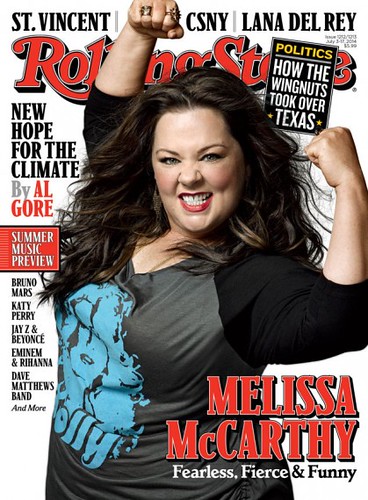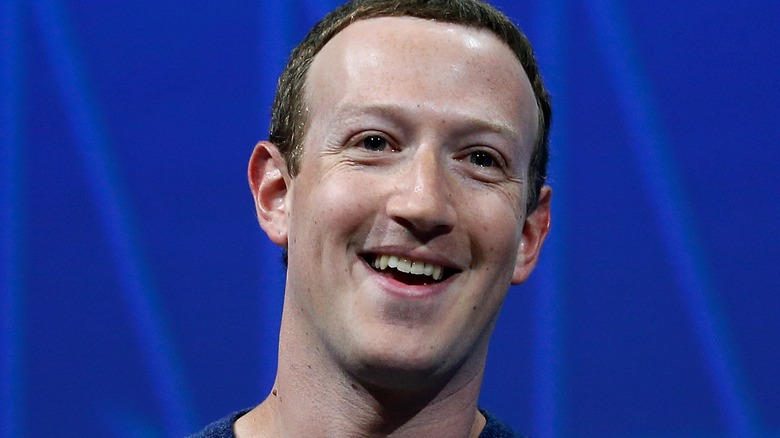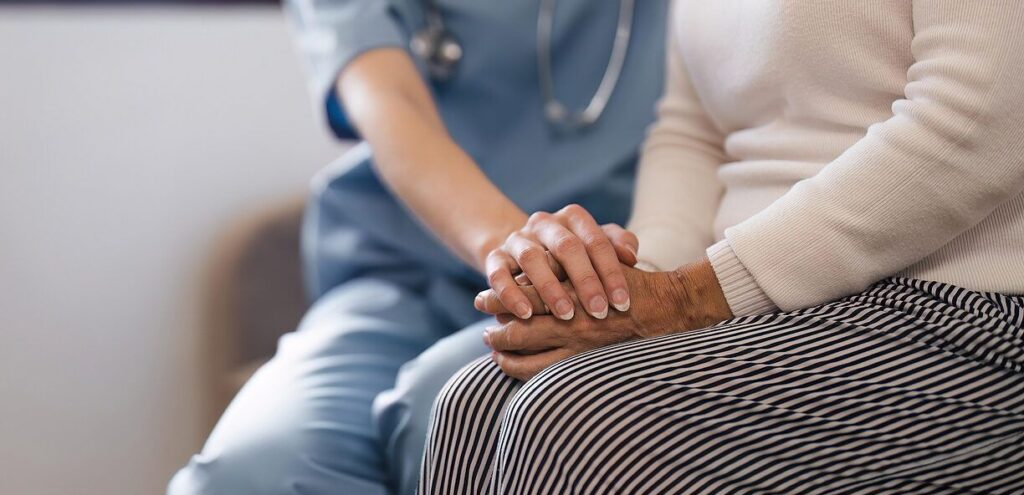
In a world often filled with headlines of despair and hardship, there are quiet acts of profound kindness that shine like beacons of hope. These are the stories of individuals and groups who, moved by deep compassion, have stepped forward to alleviate one of the most crushing burdens many Americans face: medical debt. It’s a silent crisis that can unravel lives, forcing impossible choices between necessities like food and rent, and essential health care, even for those with insurance.
Medical debt in the United States currently totals an estimated $195 billion, a staggering sum that leaves millions feeling trapped in a cycle of anxiety and financial instability. Surveys reveal that nearly three in four people without health insurance struggle immensely to pay for health care. Even more broadly, 38% of people delayed or skipped needed health care or filling a prescription drug because they could not afford it, with more than half of adults who skipped care reporting that a health problem worsened as a result. This isn’t just about numbers; it’s about real people cutting back on necessities, spending all their savings, or taking on extra jobs just to stay afloat.
Yet, amid this challenge, remarkable individuals and organizations have emerged as silent saviors, utilizing unique approaches to purchase and simply erase the medical debts of strangers. Their generosity offers not just crucial financial relief, but a renewed sense of hope and dignity to those who had almost given up. Join us as we explore nine unforgettable tales of compassion that prove the extraordinary impact of human kindness in the face of overwhelming need, showcasing a beautiful tapestry of giving that inspires us all.
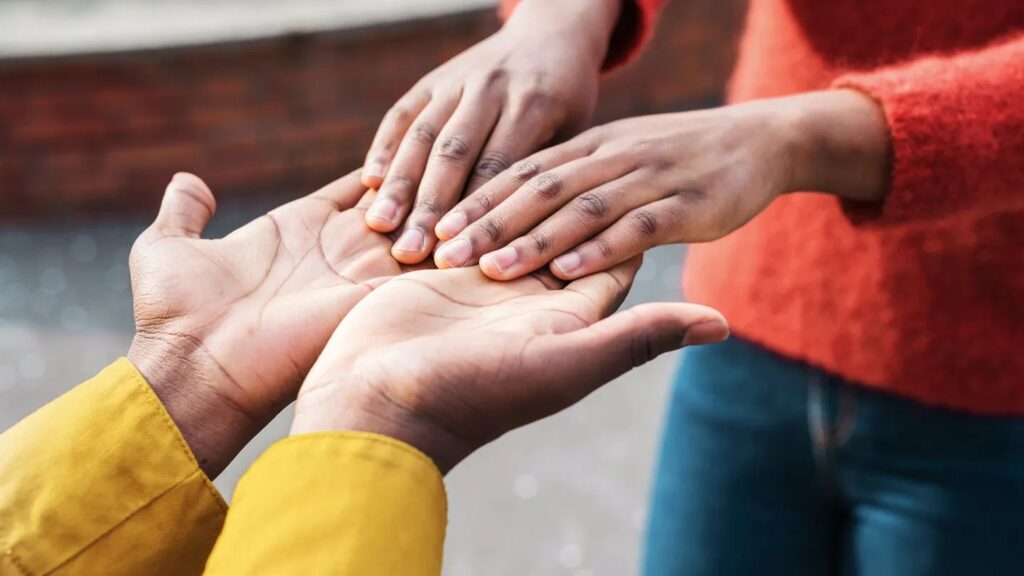
1. **Casey McIntyre’s Enduring Legacy: A Posthumous Act of Profound Compassion**
In a story that truly exemplifies the enduring power of the human spirit, Casey McIntyre, a 38-year-old New York City woman, transformed her final days into a powerful movement of compassion. Diagnosed with ovarian cancer in 2019, Casey lost her battle on November 12, 2023. Yet, even as her own life drew to a close, her deepest wish was to ease the burdens of others, sparking an initiative that continues to ripple with hope across the nation.
Just two days after her passing, Casey’s devoted husband, Andrew, shared a message she had prepared before her death. Her poignant request was simple yet monumental: to honor her memory by “buying up others’ medical debt and destroying it.” This extraordinary call to action quickly resonated, leading to a fundraising campaign established through the nonprofit RIP Medical Debt, an organization known for its innovative approach to debt relief. As a testament to the power of collective good, “Casey’s Memorial & Debt Jubilee” swiftly surpassed its initial target, growing far beyond what anyone could have imagined.
Casey’s personal experience with cancer treatment at Memorial Sloan Kettering Cancer Center, where she received exceptional care, profoundly shaped her perspective. She was “keenly aware that so many in our country don’t have access to good care,” a sentiment that fueled her desire to help. This awareness, coupled with the “mind-bendingly bad news” of her diagnosis in 2019, solidified her resolve to make a difference. Her husband, Andrew, eloquently summarized their shared realization: “Instead of dreaming of a cure for cancer, what if we could just help people who are being crushed by medical debt?”
She announced on her social media shortly before she passed away, “To celebrate my life, I’ve arranged to buy up others’ medical debt and then destroy the debt.” The campaign’s impact was immediate and astounding; nearly $200,000 was raised in a short amount of time. Through RIP Medical Debt’s model, where, in general, “$1 donated does abolish $100 of medical debt,” this sum was projected to wipe out approximately $19 million in medical debt. This phenomenal response demonstrated the widespread desire to contribute to such a noble cause.
To date, Casey’s fund has surpassed its original target of raising $919,000, continuing to pay the medical bills of those with limited means and establishing an incredible legacy that honors her life and selfless spirit. Casey’s final months were a poignant testament to her planner’s spirit and her profound love for her family. Admitted to hospice care in May, she was given weeks to live but bravely endured for six more months. This precious time allowed for travel, beach visits, river outings, and joyful karaoke parties at home, as shared by her husband. Crucially, it also gave her the opportunity to plan her memorial and initiate the debt-buying campaign, inspired by a video of North Carolina churchgoers burning $3 million in medical debt. She also spent time writing letters to her 18-month-old daughter, Grace, ensuring her love and wisdom would continue to guide her.
2. **Hody Childress: The Secret Philanthropist of Geraldine**
In the small Alabama town of Geraldine, a quiet hero walked among its residents for years, performing acts of generosity that only came to light after his passing. Hody Childress, a humble farmer and a veteran of the U.S. Air Force, had a profound impact on his community, particularly on those struggling to afford essential medications. His story is a beautiful reminder that true kindness often seeks no recognition, preferring instead to simply be a “blessing from the Lord.”
It all began in 2012 when Hody visited Geraldine Drugs, his local pharmacy. There, he learned from the owner, Brooke Walker, about the heartbreaking reality that some families in their community couldn’t afford to pay for their much-needed prescriptions. This revelation sparked an immediate and discreet mission for Hody. He approached Walker with a simple, yet powerful request, instructing her, “Do not tell a soul that money came from me.” He added, with a deeply spiritual conviction, “If they ask, just tell them it’s a blessing from the Lord.”
For over a decade, Hody faithfully contributed $100 each month to the pharmacy, specifically earmarked to help anyone who found themselves unable to cover the cost of their medicines. This consistent, anonymous act of charity became a lifeline for countless individuals and families in Geraldine. His unwavering commitment to alleviating the financial strain of medical necessity for his neighbors speaks volumes about his character and his profound sense of community responsibility, echoing the very essence of selfless giving.
Even as his health declined in the final months of his life, making it difficult for him to move, Hody’s dedication to his secret benevolence never wavered. He entrusted his daughter with the sacred task of carrying the monthly funds to the pharmacy, ensuring that the stream of blessings continued uninterrupted. This gesture highlights not only his tenacity but also the deep trust and shared values within his family, who understood the profound importance of his mission and were eager to carry it forward.
Hody Childress passed away on January 1, survived by his second wife, Martha Jo, two biological children, three stepchildren, and fifteen grandchildren. His death brought to light his quiet acts of heroism, and the community’s response was a testament to the ripple effect of his kindness. His loved ones, friends, and admirers rallied together, making donations to a fund specifically created so that his good deeds would continue for years to come. Hody was remembered by his family as a humble, God-loving man who frequently sent handwritten get-well cards and shared fresh vegetables from his garden with neighbors, truly embodying the spirit of generosity in every aspect of his life.
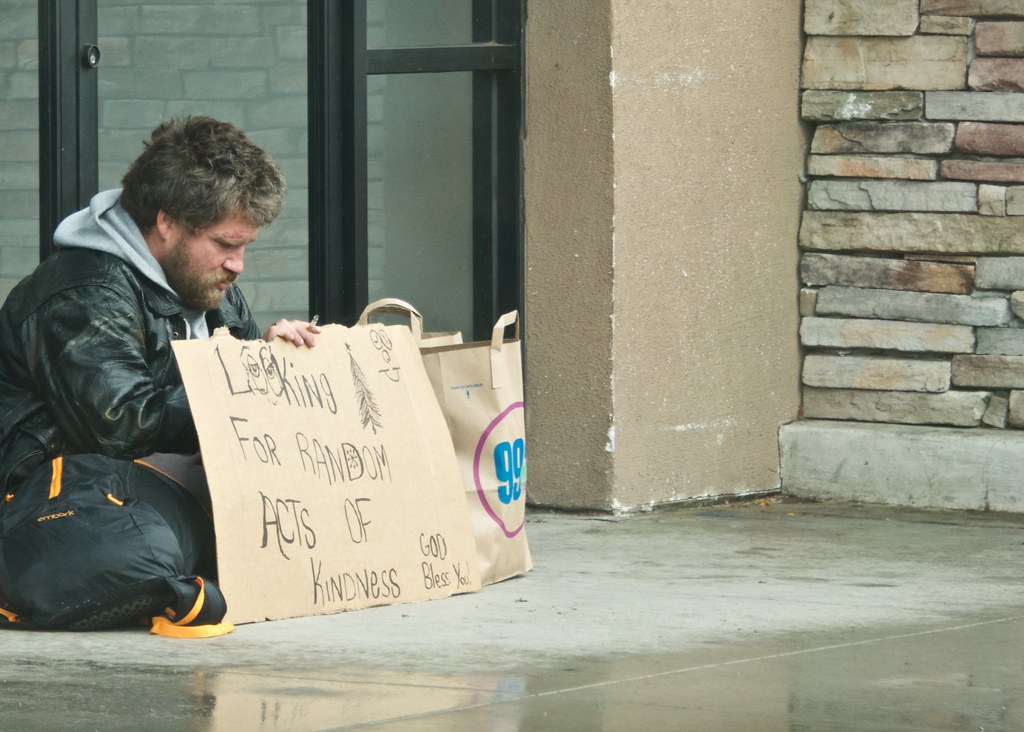
3. **Judith Jones and Carolyn Kenyon: Catalysts for Change in New York**
In the heart of New York, two remarkable women, Judith Jones, 80, and Carolyn Kenyon, 70, decided they wouldn’t passively await legislative changes to address the crushing weight of medical debt. Instead, they took a proactive stance, embarking on a mission that would ultimately relieve 1,284 New Yorkers of a staggering $1.5 million in medical debt. Their story is a powerful illustration of how passionate individuals, armed with dedication and a clear purpose, can ignite significant change within their communities.
Last spring, Jones, a retired chemist, and Kenyon, a psychoanalyst, stumbled upon R.I.P. Medical Debt, a New York-based nonprofit dedicated to purchasing and forgiving old medical bills. This discovery ignited their resolve. As members of the Finger Lakes chapter of the Campaign for New York Health, which advocates for universal health coverage through the passage of the New York Health Act, they understood the systemic issues at play. They realized that while long-term solutions were crucial, immediate relief for those suffering was also desperately needed, inspiring them to bridge the gap.
With a clear vision, the duo rolled up their sleeves and initiated a fundraising campaign. Their efforts culminated in raising $12,500, a sum they diligently sent to R.I.P. Medical Debt. In an incredible display of the nonprofit’s leverage, this donation was used to purchase a portfolio of $1.5 million in medical debts, acquired for roughly “half a penny on the dollar.” The efficiency of this model meant their relatively modest fundraising translated into monumental relief for thousands, delivering unexpected hope in the form of slim, yellow envelopes containing good news.
Beyond the immediate financial relief, Jones and Kenyon saw their campaign as an opportunity for broader education and advocacy. “We tried to get people interested in the seriousness of medical debt,” Jones explained, emphasizing the link between their efforts and the larger goal of universal health care. They made it clear that while their initiative was a “short-term fix for the larger problem of out-of-control medical costs,” it underscored the urgent need for systemic change that would eliminate medical debt entirely. This dual approach of direct action and public awareness highlights their comprehensive commitment to social good.
The 1,284 New Yorkers who benefited from this incredible act of kindness spanned 40 of the state’s 62 counties, with debts originating from approximately 130 hospitals and branches. The relief came as a tax-free gift, impacting credit reports positively without the recipients ever having to apply or ask for help. As Craig Antico, co-founder of R.I.P. Medical Debt, aptly put it, “The random act of kindness is kind of a cool thing,” perfectly encapsulating the surprise and profound gratitude felt by those unknowingly chosen to receive this life-changing assistance.
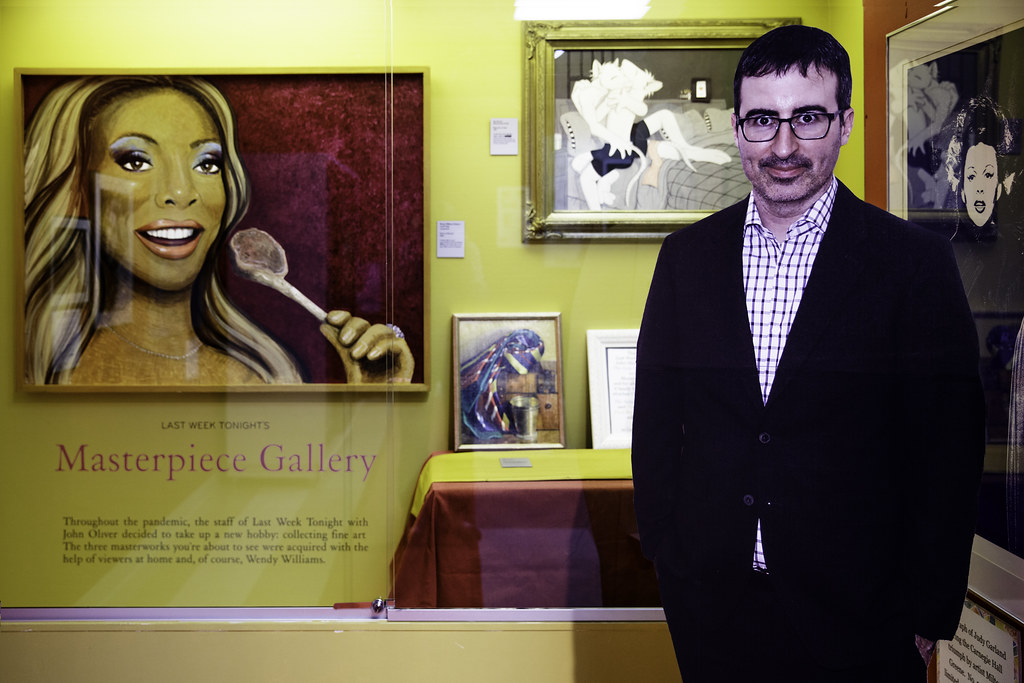
4. **John Oliver’s ‘Last Week Tonight’: A National Spotlight on Debt Forgiveness**
In a powerful demonstration that garnered national attention, talk show host John Oliver brought the issue of medical debt, and its potential for unexpected relief, to the forefront in 2016. During a segment on his HBO show, “Last Week Tonight,” Oliver undertook an extraordinary act of philanthropy that not only provided immense relief to thousands but also exposed the often-absurd intricacies of the U.S. healthcare and debt collection systems. His initiative proved that a media platform could be a potent force for good, transforming awareness into tangible aid.
Oliver’s team famously paid a mere $60,000 to purchase and subsequently forgive nearly $15 million in medical debts, impacting the lives of approximately 9,000 Americans. This dramatic act was executed in collaboration with R.I.P. Medical Debt, making it the organization’s “first star turn” and catapulting its mission into the national conversation. The segment underscored a critical point: the process of buying up past-due medical debt is disturbingly easy, presenting a dual possibility—it can be wielded by unscrupulous entities to make debtors’ lives a “living hell,” or, as Oliver showcased, it can be used to simply forgive the debt, offering profound liberation.
The “Last Week Tonight” segment was a masterclass in shedding light on the darker corners of the medical debt market. Oliver meticulously explained how hospitals and doctors often sell unpaid bills to collection agencies at deep discounts, sometimes for mere pennies on the dollar. These debts can then be bought and sold multiple times, often leading to aggressive or harassing tactics by collectors. The segment even touched upon the disturbing practices of attempting to collect “zombie debt” (already paid or no longer affecting credit) or “phantom debt” (that never existed in the first place), truly revealing the murky depths of the system.
While Oliver’s gesture was immensely impactful and widely praised, it also provided a candid behind-the-scenes insight into the process from the perspective of R.I.P. Medical Debt’s co-founder, Craig Antico. Antico later remarked that Oliver, despite his good intentions, “overpaid probably by three times or more.” He explained that had Oliver “enlisted us to help him at the start, he would’ve paid less than $20,000 for that $15 million portfolio.” This detail, while humorous in retrospect, only further highlighted the incredible leverage R.I.P. Medical Debt offers donors in maximizing their charitable impact, enabling them to do even more good with their contributions.
The segment culminated in a stunning visual, with thousands of folders representing the debt being released and cascaded onto the studio floor, a symbolic act of freedom and relief. Oliver’s bold move not only brought critical awareness to the medical debt crisis but also inspired countless individuals and organizations to explore similar avenues of debt relief. Leveraging the proven model of R.I.P. Medical Debt, his action transformed a fraction of the cost into monumental acts of kindness, showcasing that even without being a “famous person” quietly paying off debt, one could use a platform to catalyze widespread, quiet, and profound acts of generosity that change lives forever.
Part 2: Expanding the Ripple Effect – Exploring Further Charitable Initiatives, High-Profile Philanthropy, and the Foundational Role of RIP Medical Debt in National Debt Relief
As we’ve seen, the quiet acts of generosity across America are creating a powerful ripple effect, transforming despair into renewed hope. This movement of compassion extends from individual benefactors to community-wide efforts and even to the national stage, demonstrating a collective will to lighten the load of medical debt for countless strangers. Let’s dive into more incredible stories of how this wave of kindness is expanding, showcasing the profound impact of thoughtful giving.
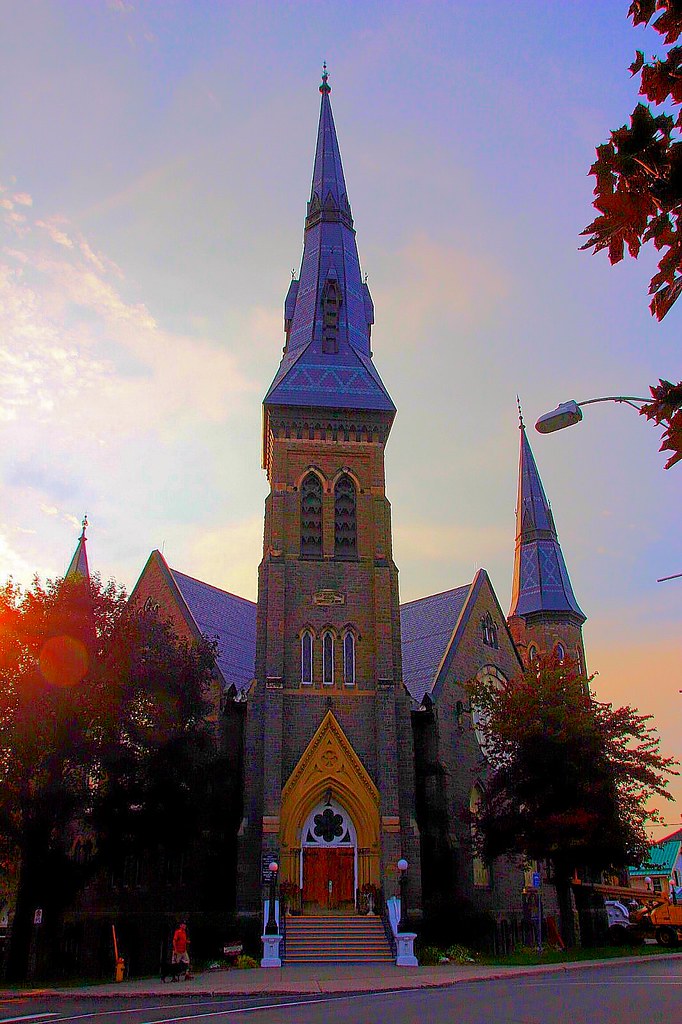
5. **Grand Rapids Church: A Sanctuary of Surprise Relief**
Imagine receiving a letter in the mail, completely out of the blue, informing you that a significant portion of your overwhelming medical debt has been forgiven by strangers. For Sara Cook, a 43-year-old registered nurse from Michigan, this scenario felt too good to be true, initially prompting her to suspect a scam. Her life had been plagued by medical misfortune, leading to a staggering $700,000 in debt and immense personal hardship.
Yet, this unexpected missive was no scam; it was an act of profound kindness orchestrated by Grand Rapids Church, working in partnership with the nonprofit RIP Medical Debt. This church group quietly purchased $5,000 of Sara’s debt, offering a tangible beacon of hope in her darkest hour. While $5,000 might seem a modest sum compared to her total debt, its emotional impact was monumental.
Sara, who was at the time staying with friends because she couldn’t afford rent, expressed immense gratitude. “I felt very blessed, loved. I felt honored,” she shared, emphasizing that “It wasn’t so much the money as it was complete strangers helping me out of the kindness of their hearts, picking me without knowing me, without knowing I was struggling.” It was a powerful reminder that even in the most challenging times, compassion can find its way to those in need.
This story beautifully illustrates the core mission of organizations like RIP Medical Debt: to deliver tax-free gifts of debt relief, positively impacting credit reports and offering a fresh start without the recipients ever having to apply or ask for help. Grand Rapids Church’s initiative highlights how local communities are stepping up, transforming abstract financial burdens into deeply personal acts of care and support.

6. **NBA Player Trae Young: Scoring Big for Community Health**
The spirit of generosity truly shines when public figures leverage their platforms for the greater good, inspiring widespread positive change. NBA star Trae Young, known for his dazzling plays on the court, made headlines for an equally impressive assist off the court: personally donating to erase medical debt for people in his community. His action exemplifies how high-profile philanthropy can translate directly into life-changing relief for thousands.
Young’s commitment to his Atlanta community was powerfully demonstrated when he contributed $10,000 to RIP Medical Debt. Through the organization’s incredibly efficient model, this donation resulted in the forgiveness of over $1 million in medical debt for residents in the Atlanta area. It’s a testament to the multiplying power of charitable giving when channeled through effective non-profits.
This act of kindness provided crucial financial liberation for countless individuals and families. The burden of medical debt can stifle dreams and create immense stress, and Trae Young’s contribution offered a clear path forward for those struggling under its weight. His dedication to alleviating this burden speaks volumes about his character and desire to make a tangible difference in the lives of others.
Beyond the immediate financial relief, Young’s generosity sent a powerful message of hope and solidarity. When a beloved public figure steps up in such a meaningful way, it not only provides direct aid but also raises awareness about the medical debt crisis. It encourages others to consider how they, too, might contribute to their communities, whether through large donations or smaller, consistent acts of kindness.
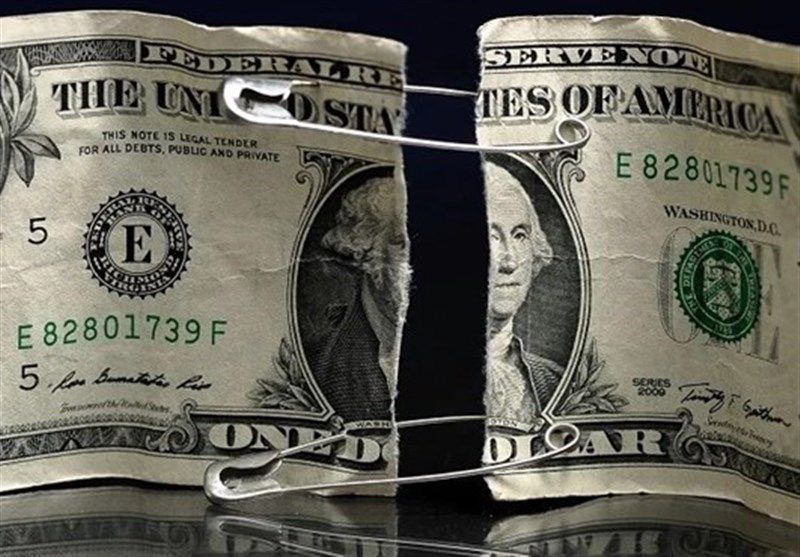
7. **North Carolina Churchgoers: Igniting a Movement with Symbolic Action**
Sometimes, a single, bold act can ignite a powerful movement, inspiring countless others to join the cause. This was precisely the case with a group of North Carolina churchgoers whose remarkable gesture became a nationwide inspiration. Their compassionate initiative not only provided significant debt relief but also sparked an idea that resonated deeply with individuals like Casey McIntyre, as noted in the first section of this article.
These dedicated churchgoers embarked on a mission to address the crushing medical debt faced by members of their community. Their efforts culminated in a truly symbolic and impactful event: they collectively raised funds to purchase and then dramatically burn $3 million in medical debt. This public act was more than just a financial transaction; it was a powerful visual statement of liberation and solidarity, showcasing the tangible end of a silent burden.
This powerful display of community-driven compassion provided immense relief and a renewed sense of dignity to those whose debts were erased. It underscored the profound impact that collective action can have when people unite around a shared vision of kindness. The burning of the debt was a vivid illustration of the ability of ordinary people to achieve extraordinary outcomes, freeing their neighbors from financial anguish.
What makes this story even more compelling is its ripple effect. This very act of burning debt was a direct inspiration for Casey McIntyre’s posthumous campaign, demonstrating how one group’s compassionate action can motivate others to create their own legacies of giving. It highlights the interconnectedness of human kindness, where a single spark can set ablaze a widespread movement of hope and healing.
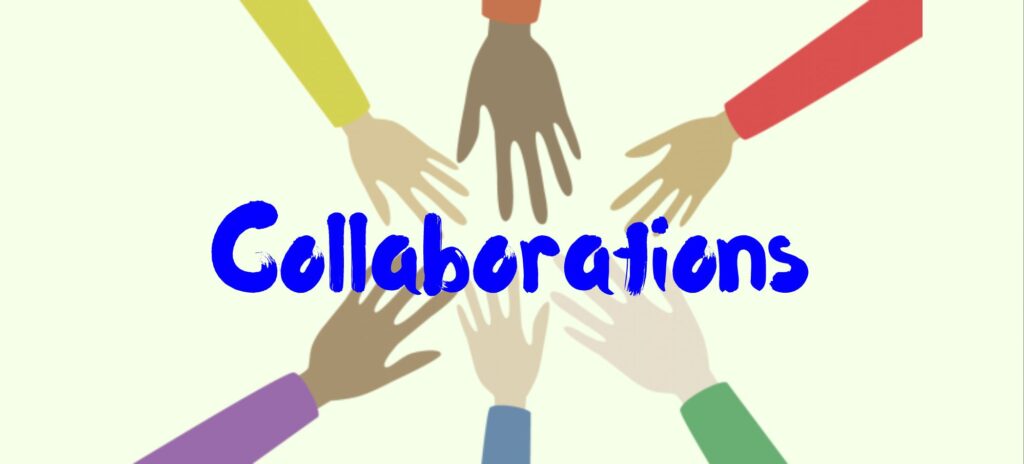
8. **A Multi-State Church Coalition: Uniting for Widespread Relief**
The spirit of collaboration in the fight against medical debt has truly taken hold, demonstrating how communities can unite across geographical boundaries to amplify their impact. A remarkable example of this expansive goodwill emerged from a coalition of churches spanning multiple states: Kentucky, Ohio, Tennessee, and Indiana. Their combined efforts showcased the incredible power of a unified front dedicated to alleviating financial burdens.
In a testament to collective compassion, these churches came together to raise substantial funds, channeling their donations through RIP Medical Debt. Their collaborative initiative was a monumental success, culminating in the forgiveness of a staggering $45 million in medical debt. This sweeping act of generosity provided critical relief to countless families and individuals across these states, offering them a much-needed fresh start.
This multi-state effort underscored a powerful truth: the crisis of medical debt is not confined to one town or state but is a national challenge demanding broad-reaching solutions. By pooling their resources and working together, these churches proved that the desire to help strangers transcends local affiliations, fostering a broader sense of shared responsibility and mutual aid.
Their initiative is a beacon of hope, illustrating how faith-based communities are at the forefront of social good, actively translating their values into tangible support for those in dire need. It exemplifies the potential for widespread impact when diverse groups unite under a common purpose, creating a wave of kindness that touches lives far and wide. The scale of this achievement truly inspires, showcasing the transformative power of collective compassion.
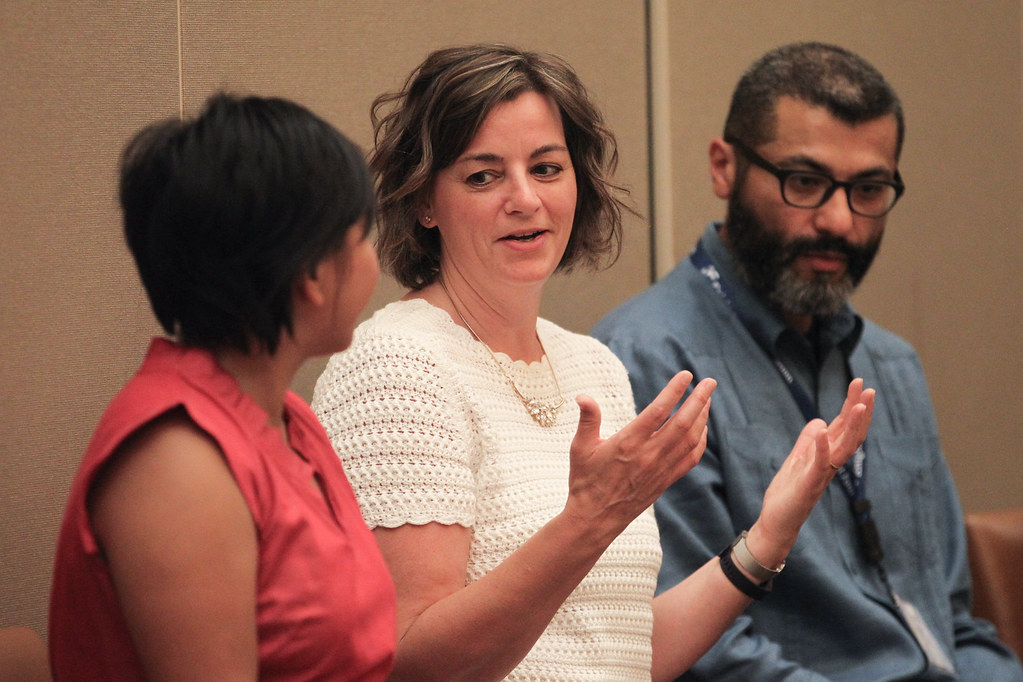
9. **Craig Antico and Jerry Ashton: The Visionaries Behind RIP Medical Debt**
While many acts of medical debt forgiveness are spearheaded by individuals or groups, a foundational force enabling much of this incredible generosity is the organization known as RIP Medical Debt. Its creation was itself an act of profound transformation, born from the unique insights of two individuals who once operated within the very system they now seek to counteract: Craig Antico and Jerry Ashton.
These two former debt collection industry executives witnessed firsthand the devastating impact of medical debt on people’s lives. In 2012, inspired by the Occupy Wall Street project known as Rolling Jubilee, which bought and forgave debt, Antico and Ashton had an epiphany. They realized their expertise in the debt market could be flipped on its head, used not for collection, but for profound acts of humanitarian relief.
In 2014, they founded RIP Medical Debt, turning their understanding of the opaque debt-buying process into a force for good. Their innovative model involves purchasing bundled portfolios of old, unpaid medical bills from collection agencies at steep discounts, often for mere pennies on the dollar. Instead of attempting to collect these debts, they simply erase them, delivering surprise letters of forgiveness to unsuspecting recipients.
This approach is incredibly efficient, amplifying the power of every donated dollar. As noted by RIP Medical Debt, a single dollar donated can abolish, on average, $100 of medical debt. Since its inception, this ingenious organization has relieved over $10 billion in medical debt for more than seven million families, strategically targeting those most in need whose incomes fall below four times the federal poverty level or whose debt constitutes 5% or more of their annual income.
Antico and Ashton’s vision for RIP Medical Debt is a testament to turning expertise into empathy. While Antico candidly acknowledges that their work is a “resolutionary, not a revolutionary” effort that can’t solve the underlying issues of healthcare costs, he hopes his organization won’t be needed in a decade. Their tireless dedication showcases that even within a flawed system, profound good can be done, offering tangible relief and demonstrating that kindness can indeed be engineered for maximum impact.
These inspiring tales are more than just stories of financial relief; they are powerful affirmations of human connection and the enduring desire to help one another. Each act, whether large or small, by a famous face or a humble neighbor, weaves into a larger tapestry of hope. They remind us that even in the face of daunting systemic challenges, the quiet, persistent drumbeat of compassion can create a symphonic movement toward a more humane and supportive world. The collective embrace of debt forgiveness is not just about numbers; it’s about restoring dignity, alleviating anxiety, and empowering individuals to reclaim their lives, proving that kindness is truly the most powerful currency of all.


